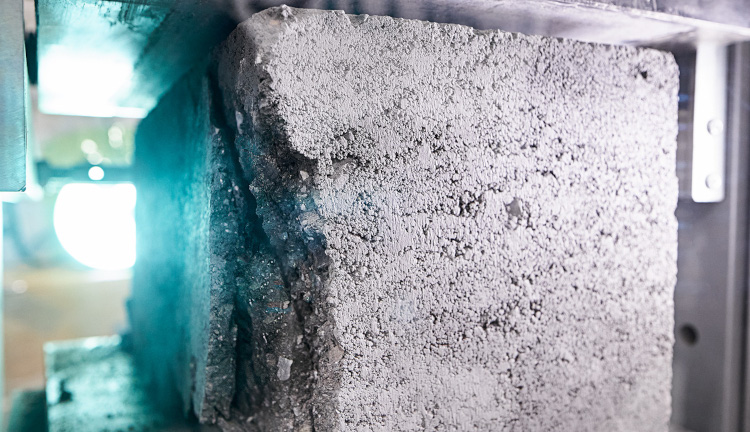
When reducing emissions in the built environment, the whole life cycle of a building, and the emissions produced therein, must be taken into consideration. Embodied carbon emissions are those resulting from the manufacturing and processing of the building’s materials. These emissions are often referred to as “hidden,” and thereby go unaccounted in considering a building’s potential emissions. When evaluating the building in a life cycle assessment (LCA), operational energy consumption is no longer the main factor in creating a sustainable building. Embodied carbon is the newest horizon in sustainability. Buildings are a major source of greenhouse gas (GHG) emissions, not only in terms of the energy they consume after they are built.
In a Swiss study that analyzed over 650 LCAs, it was found that embodied carbon can be even more influential on overall sustainability of “energy-efficient” buildings. Embodied carbon emissions take up a much greater share of overall emissions as buildings’ overall energy efficiency increases—“while the average share of embodied GHG emissions from buildings following current energy performance regulations is approximately 20–25% of life cycle GHG emissions, this figure escalates to 45–50% for highly energy-efficient buildings and surpasses 90% in extreme cases.” The study further discusses the “carbon spike” in emissions associated with the construction of a building.
When considering a building’s materials and embodied carbon, particular attention must be paid to the building’s envelope, its outer layer that protects the building from environmental conditions. Concrete is often used in the production of a building’s envelope, due to its excellent properties in thermal efficiency. However, the use of hardy materials like concrete is often accompanied by significant embodied GHG emissions in its production, transportation, and construction of the building materials.
Choice of materials is one of the most important factors in reducing embodied carbon emissions. When assessing the building’s foundation and makeup, particularly its envelope, concrete can be identified as one of the more emissive materials. This is due to the heavily emissive production of concrete’s active ingredient, cement. Cement is concrete’s main active ingredient, and it is responsible for over 70% of concrete’s emissions due to the carbon-intensive process used to manufacture it. In order to improve the emissions rate of building envelopes, the status of cement in the concrete mix must be considered.
Looking forward, many states and intergovernmental bodies have designated 2050 as a landmark year for sustainability, with many roadmaps hoping to achieve net-zero carbon emissions by 2050. According to Architecture 2030’s Carbon Smart Materials Palette, aimed at reducing embodied carbon emissions in the built environment, “embodied carbon will be responsible for 72% of the carbon emissions associated with global new construction between now and 2030.” As buildings produce fewer carbon emissions over their lifetime, the emissions incurred via their production become a more important factor in their LCA.
The Carbon Smart Materials Palette designates optimization in concrete’s makeup as essential to embodied carbon reductions. The palette finds a direct correlation between the cement content of concrete and its level of embodied carbon emissions. Ultimately, “using less cement is the most effective way to reduce the carbon footprint of concrete.” A 2013 RMI report on reducing embodied carbon in buildings proposes that in the concrete sector, a 14-33% reduction in emissions can be achieved at a low to no-cost premium, simply by optimizing the concrete mix and considering low-embodied carbon or carbon sequestering materials in the makeup of the building’s envelope.
Reducing the climate impact of our built environment will be impossible without considering the embodied carbon emissions of its materials. Since 2010, although global emissions from building operations have decreased slightly, construction-related emissions have actually increased by 1.5%. As embodied carbon emissions play a greater role in our carbon footprint, developments like CarbiCrete’s cement-free concrete are important in creating a viable plan toward net-zero carbon emissions by 2050.



